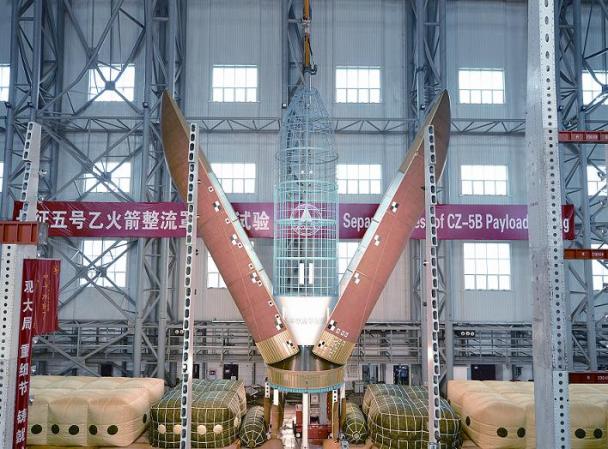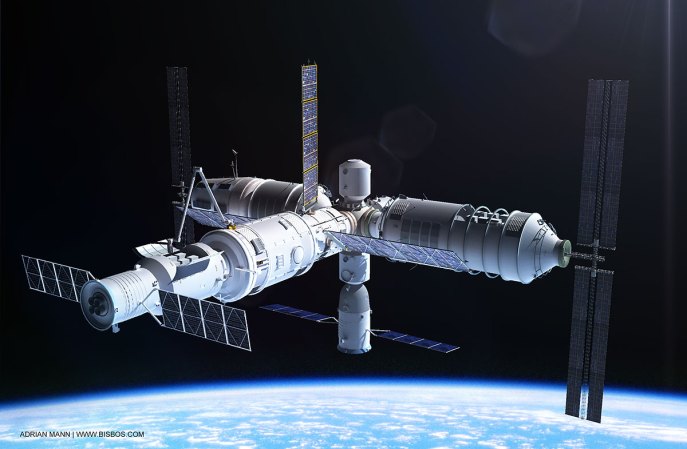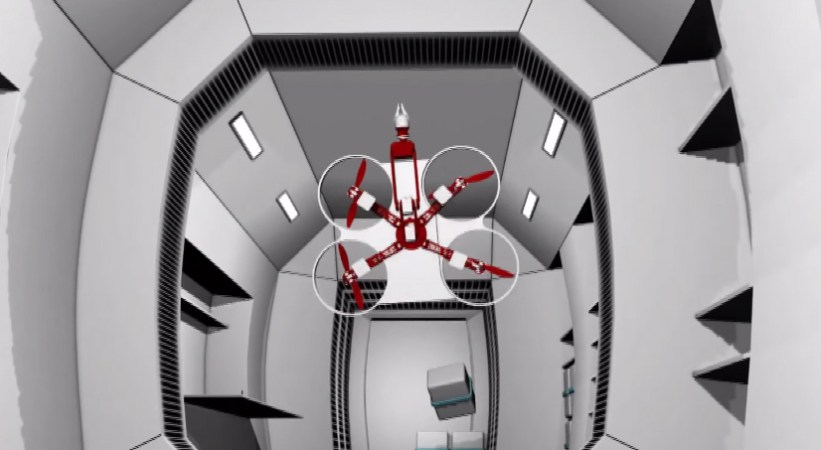

China’s space quest is leading it in new and interesting directions: scientists have built a charged couple device (CCD) imaging optical sensor for docking space stations. Chinese Academy of Science and Technology (CAST) scientists call this optical sensor a “super eye”, stating that it can help dock spaceships moving at “eight times the speed of a bullet” (Mach 28). CCD imaging optical sensors function by converting the impact of photons on the sensor into electron movements, forming the basis for technologies from smartphone cameras to modern spy satellites.

The “super eye” has twice the range and resolution of its predecessor (mounted on the Tiangong 1 space station), thus doubling the amount of time the autonomous docking system has to work with when docking space ships together. Gong Dezhu, one of the CAST designers, remarked that the “super eye” has only half the weight and power consumption of its international counterparts.

For the immediate future, CAST plans to install the “super eye” on the Tiangong 2 space station (set to launch in 2016) and the 2017 Change’e lunar sample return mission. In addition, CAST hopes that the “super eye” would be found on space station robotic manipulator arms, satellite refueling and repair, aerial refueling and underwater vehicles.
You may also be interested in:
China Showcases Plans to Become the Leading Space Power
China’s Largest Ever Space Rocket Takes a Big Step Forward
Next Generation of Chinese Space Launch Vehicles Begins Its Long March (By Standing Up)














